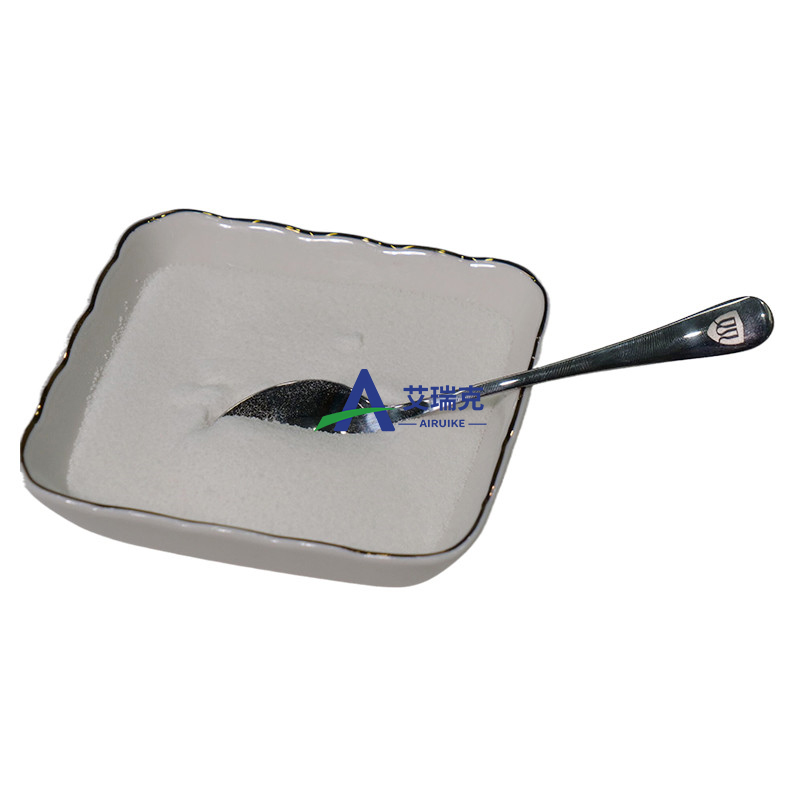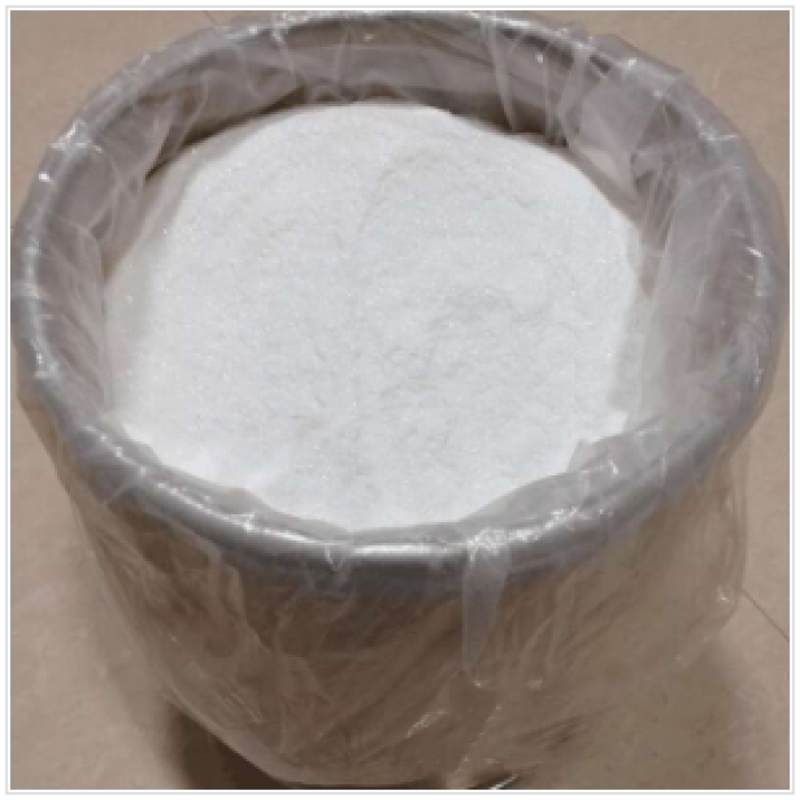Cosmetic Ingredient
- • Abrasive (124)
- • Absorbent (84)
- • Anticaking (66)
- • Anticorrosive (25)
- • Antifoaming (19)
- • Antimicrobials (290)
- • Antioxidant Ingredient (393)
- • Antiperspirant (20)
- • Antiplaque (48)
- • Anti-seborrheic (38)
- • Anti-sebum (39)
- • Antistatic (458)
- • Astringent (162)
- • Binding Agent (172)
- • Bleaching Agent (53)
- • Buffering (191)
- • Bulking (109)
- • Chelating (122)
- • Cleansing (679)
- • Cosmetic Colorant (212)
- • Cosmetic Preservative (158)
- • Denaturant (45)
- • Deodorant (98)
- • Depilatory (27)
- • Dissolving Agent (298)
- • Emollient (795)
- • Emulsifying Agent (480)
- • Emulsion Stabilising (154)
- • Exfoliating (19)
- • Film Forming (299)
- • Flavouring (72)
- • Foam Boosting (161)
- • Foaming (101)
- • Fragrance Ingredient (726)
- • Gel Forming (19)
- • Hair Conditioning (670)
- • Hair Dyeing (363)
- • Hair Fixing (36)
- • Hair Waving or Straightening (45)
- • Humectant (282)
- • Hydrotrope (92)
- • Keratolytic (20)
- • Light Stabilizer (80)
- • Moisturising Agent (50)
- • Nail Conditioning (42)
- • Occlusive (20)
- • Opacifying (119)
- • Oral Care (123)
- • Oxidising (19)
- • Perfuming (2105)
- • Plasticiser (98)
- • Propellant (19)
- • Reducing (50)
- • Refatting (12)
- • Refreshing (26)
- • Skin Cleansing (388)
- • Skin Conditioning (1751)
- • Skin Humectant (21)
- • Skin Protecting (282)
- • Smoothing (31)
- • Soothing (71)
- • Tonics (155)
- • UV Filter (34)
- • Viscosity Controlling (532)
Chemicals as Skincare Ingredients
Related News
-
Pfizer China Oncology Division Restructures Amid Executive Changes
2025-03-19 -
Price Surge Alert as Major Suppliers Increase Barium Sulfate Costs by 200 Yuan per Ton
2025-03-20 -
Shell Considers Partnering with the U.S. and Closing European Chemical Assets
2025-03-26 -
Quaker Houghton Acquires Dipsol Chemicals, Strengthening Advanced Solutions Portfolio
2025-03-27 -
AstraZeneca to Invest $2.5 Billion to Establish Global Drug R&D Center in Beijing
2025-03-25 -
Saudi Aramco CEO: Invest in downstream projects in China's energy, chemical and other fields
2025-03-28
Astringent
Sodium aluminum sulfate
(10102-71-3)-
Chemical Grade / 99%
-
industrial Grade / 98%
-
![SODIUM ALUMINUM SULFATE buy SODIUM ALUMINUM SULFATE]()
-
![SODIUM ALUMINUM SULFATE buy SODIUM ALUMINUM SULFATE]()
Industrial Grade / 99%
Request for quotation , get quotes from more suppliers.
-
Pharmaceutical Grade / 99%
$100/KG EXW
-
Pharmacy Grade / 99%
-
![Pomegranatebarkextract buy Pomegranatebarkextract]()
IndustrialGrade / 99.00%
-
![Pomegranate, ext. buy Pomegranate, ext.]()
Request for quotation , get quotes from more suppliers.
-
![Urticadioica,ext. buy Urticadioica,ext.]()
IndustrialGrade / 99.00%
-
![Urtica dioica, ext. buy Urtica dioica, ext.]()
-
![Urtica dioica, ext. buy Urtica dioica, ext.]()
Industrial Grade / 99%
-
![Nettle Root Extract buy Nettle Root Extract]()
Different Grade / 99.9%
$0.1/KG EXW
Request for quotation , get quotes from more suppliers.
Aluminum Zirconium Octachlorohydrex Gly
(174514-58-0)-
Pharmacy Grade / 99%
-
![ALUMINUM ZIRCONIUM OCTACHLOROHYDREX GLY buy ALUMINUM ZIRCONIUM OCTACHLOROHYDREX GLY]()
Industrial Grade / 99%
-
![ALUMINUM ZIRCONIUM OCTACHLOROHYDREX GLY buy ALUMINUM ZIRCONIUM OCTACHLOROHYDREX GLY]()
-
![ALUMINUM ZIRCONIUM OCTACHLOROHYDREX GLY buy ALUMINUM ZIRCONIUM OCTACHLOROHYDREX GLY]()
Request for quotation , get quotes from more suppliers.
Gambier resin
(8001-48-7)-
![Gambier buy Gambier]()
Industrial Grade / 98%
-
![Gambier buy Gambier]()
-
![Gambier buy Gambier]()
Industrial Grade / 99%
-
![Gambier buy Gambier]()
Industrial Grade or Medical grade / 99%
Request for quotation , get quotes from more suppliers.
-
-
Pharmacy Grade / 99%
-
![ALUMINUM ZIRCONIUM TRICHLOROHYDREX GLY buy ALUMINUM ZIRCONIUM TRICHLOROHYDREX GLY]()
Industrial Grade / 99.0%
-
![ALUMINUM ZIRCONIUM TRICHLOROHYDREX GLY buy ALUMINUM ZIRCONIUM TRICHLOROHYDREX GLY]()
Request for quotation , get quotes from more suppliers.
ROSE HIPS EXTRACT
(84696-47-9)-
- / 99.5%
-
Food Grade / 17%
-
![ROSEHIPSEXTRACT buy ROSEHIPSEXTRACT]()
IndustrialGrade / 99.00%
-
![Rosehip Extract 10:1 buy Rosehip Extract 10:1]()
Different Grade / 99.9%
$0.1/KG EXW
Request for quotation , get quotes from more suppliers.
Tomato, ext.
(90131-63-8)-
Food Grade / 98%
-
![Tomato, ext. buy Tomato, ext.]()
Industrial Grade / 99%
-
![Tomato, ext. buy Tomato, ext.]()
-
![Tomato, ext. buy Tomato, ext.]()
Industrial Grade / 99%
Request for quotation , get quotes from more suppliers.
-
![Cinnamomum zeylanicum, ext. buy Cinnamomum zeylanicum, ext.]()
-
![Cinnamomum zeylanicum, ext. buy Cinnamomum zeylanicum, ext.]()
Industrial Grade / 99%
-
![Cinnamomum zeylanicum, ext. buy Cinnamomum zeylanicum, ext.]()
Different Grade / 99.9%
$0.1/KG EXW
-
![Cinnamomum zeylanicum, extract buy Cinnamomum zeylanicum, extract]()
Industrial Grade or Medical grade / 99%
Request for quotation , get quotes from more suppliers.
-
Pharmacy Grade / 99%
-
![(2,3-epoxyphytyl)menaquinone CAS NO 25486-55-9 buy (2,3-epoxyphytyl)menaquinone CAS NO 25486-55-9]()
Industrial Grade, Feed Grade, Food Grade, Pharma Grade / 99%
$11.11/KG EXW
-
![Vitamin K1 2,3-epoxide buy Vitamin K1 2,3-epoxide]()
-
![(2,3-epoxyphytyl)menaquinone buy (2,3-epoxyphytyl)menaquinone]()
Request for quotation , get quotes from more suppliers.
More Information
Antiperspirants are designed to reduce perspiration. Their primary function is to inhibit the production of sweat, thereby minimizing moisture and odor in areas prone to sweating, such as the underarms.
The mechanism of antiperspirants involves the application of active ingredients, typically aluminum-based compounds like aluminum chloride or aluminum zirconium, to the skin. These compounds form a temporary plug within the sweat ducts, effectively reducing the flow of sweat to the skin's surface. By diminishing perspiration, antiperspirants help maintain dryness and freshness, enhancing comfort and confidence throughout the day.
Common ingredients used in antiperspirants include:
● Aluminum chloride: A potent antiperspirant agent.
● Aluminum zirconium: Another commonly used aluminum-based compound.
● Fragrance and skin conditioners: Additional ingredients are often included to provide a pleasant scent and soothe the skin.




























